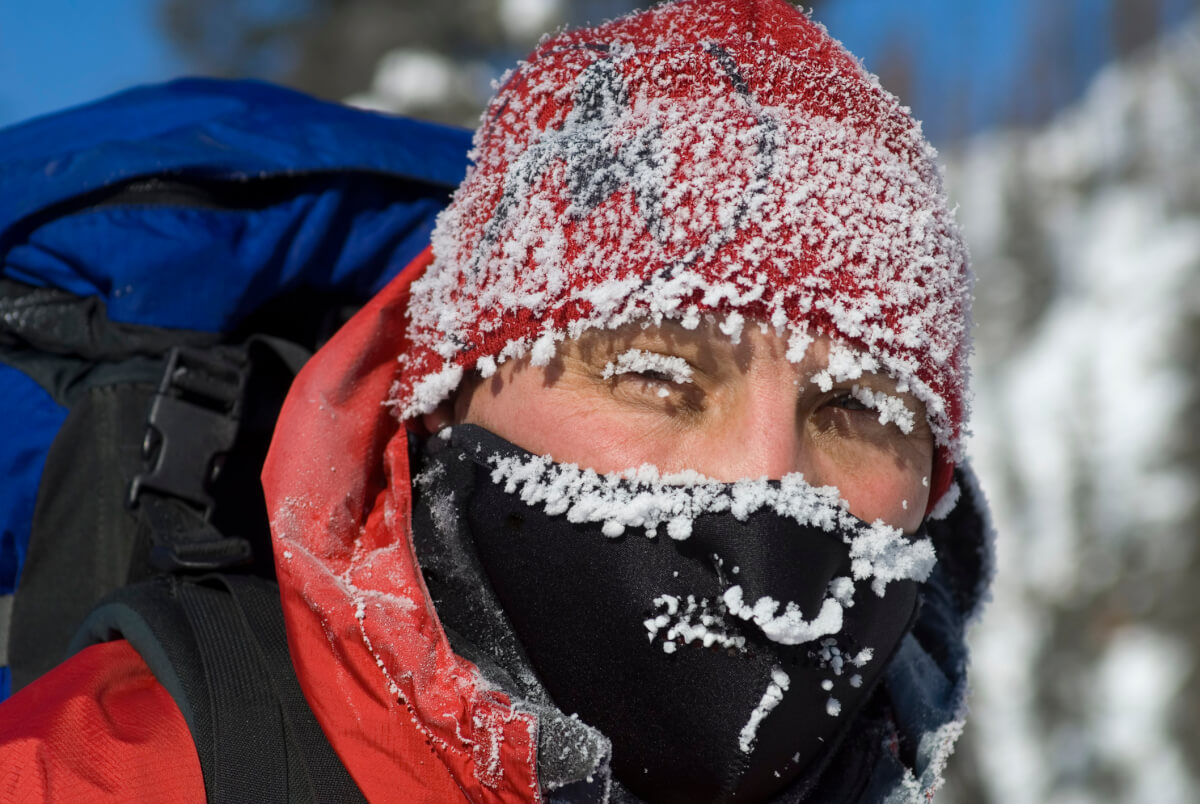Being too cold or too hot during the winter can be uncomfortable at best, and possibly fatal, at worst. Being too cold in winter will have obvious effects on your physical state, from simple discomfort to a weakened immune system. On the other hand, being too hot and sweating excessively can lead to greater heat loss, dehydration and hypothermia.
Layering clothes is one of the best ways to ensure comfort and safety during the winter. It’s better than just slipping on a thick jacket over your regular clothes for one key reason: you can fine-tune your clothing for optimal warmth and moisture management by adding or discarding layers, so you’re neither too cold nor too hot.

There are three basic layers, each with its own function to keep you warm and dry.
INNER (BASE) LAYER
This is the layer that you first put on and sits right next to your skin. This layer helps keep you dry by moving moist air and perspiration away from your body and into the outer layers, where they can evaporate. Your base layer can be made of wool or synthetics like polyester, but NOT cotton. Cotton does a poor job of wicking sweat, and, when it gets saturated, it draws more heat from your body. This can lead to hypothermia even with temperatures above freezing.
Base layers are available in different weights, so choose one that will match the activity and temperature of the environment that you will be in.
MIDDLE (INSULATING) LAYER
The insulating layer traps air close to your body, slowing down the loss of heat, and keeps you warm. It should fit well enough to provide pockets of space for warm air, without being too loose. Fleece is a popular material for insulating layers because it dries quickly and doesn’t retain moisture. Wool and synthetic microfilament fabrics also make good insulating layers.
Depending on the temperature, environment and activity, you can wear up to two insulating layers, like a middle-weight shirt under a fleece jacket or pullover.
OUTER LAYER (SHELL)
The shell is your shield against the elements. This layer keeps water, wind and UV rays out. For camping, a shell that’s also fireproof or fire-retardant is a good idea — campfires, when not properly set up, can poke holes in your shell when embers start flying around.
Shells are typically made from a variety of synthetic materials. They offer the best combination of weather protection and durability and are available in numerous weights and styles.
Aside from keeping the elements out, your outer layer should also be breathable. Some shells also include ventilation options that allow you to regulate sweat and heat buildup from your inner layers.
OTHER TIPS TO STAY TOASTY

- If you’re hiking in arctic conditions, another outer layer might be necessary, but for most winter trips, the three layers mentioned above will be enough.
- Your socks should always be dry. Don’t use cotton, and bring spares so you can slip into dry ones when needed.
- Spare hats and gloves or mittens are also recommended, since these are items that frequently get wet or lost when camping
Choosing bright colors for small clothing items help a lot for finding them, as well as you, in the snow.


